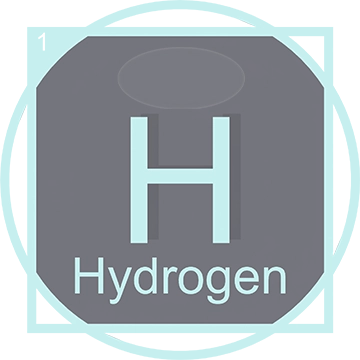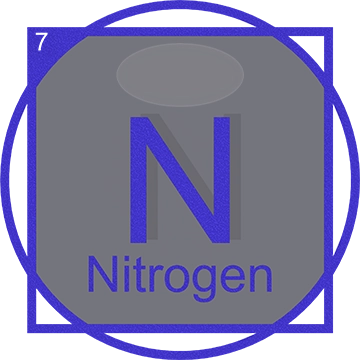The Essential Element: Hydrogen's Role in Science and Technology
Introduction: Hydrogen, the simplest and most abundant element in the universe, plays a crucial role in various scientific and technological applications. From its position in the periodic table to its discovery and its myriad uses in today's high-tech world, hydrogen is a cornerstone of both basic and applied sciences. This article explores hydrogen's fundamental properties, its historical background, and its contemporary applications, emphasizing its significance and potential in technology.
Discovery and Historical Significance of Hydrogen

Hydrogen was first formally identified by Henry Cavendish in 1766. Cavendish distinguished hydrogen from other gases by its unique property: it produces water when burned. This discovery, fundamental to the development of chemical science, led Antoine Lavoisier to later name the element hydrogen, derived from the Greek words "hydro" (water) and "genes" (creator).
Hydrogen in the Periodic Table
Hydrogen is listed at the very beginning of the periodic table as element number 1. With just one proton and one electron, it is the simplest of all elements, serving as the building block for the formation of all more complex elements. Despite its simplicity, hydrogen's placement in the periodic table has been subject to debate due to its unique properties and resemblance to both alkali metals and halogens.
Physical and Chemical Properties of Hydrogen
Hydrogen is a colorless, odorless, non-toxic gas at room temperature. It has a molecular weight of 1.00784 amu, making it the lightest of all gases, which allows it to escape Earth's atmosphere more readily than other gases. Hydrogen's most notable chemical property is its ability to form covalent bonds with a wide variety of elements, from nonmetals like carbon and nitrogen to metals such as nickel and iron.
Applications in Science for Hydrogen
Hydrogen is pivotal in scientific research, particularly in fields such as quantum mechanics and spectroscopy. Its simple atomic structure makes it an ideal candidate for studying the basic principles of atomic behavior. Moreover, hydrogen isotopes, like Deuterium and Tritium, are extensively used in nuclear fusion research and radiotracer studies in chemistry and biology.
The Method of Making Hydrogen
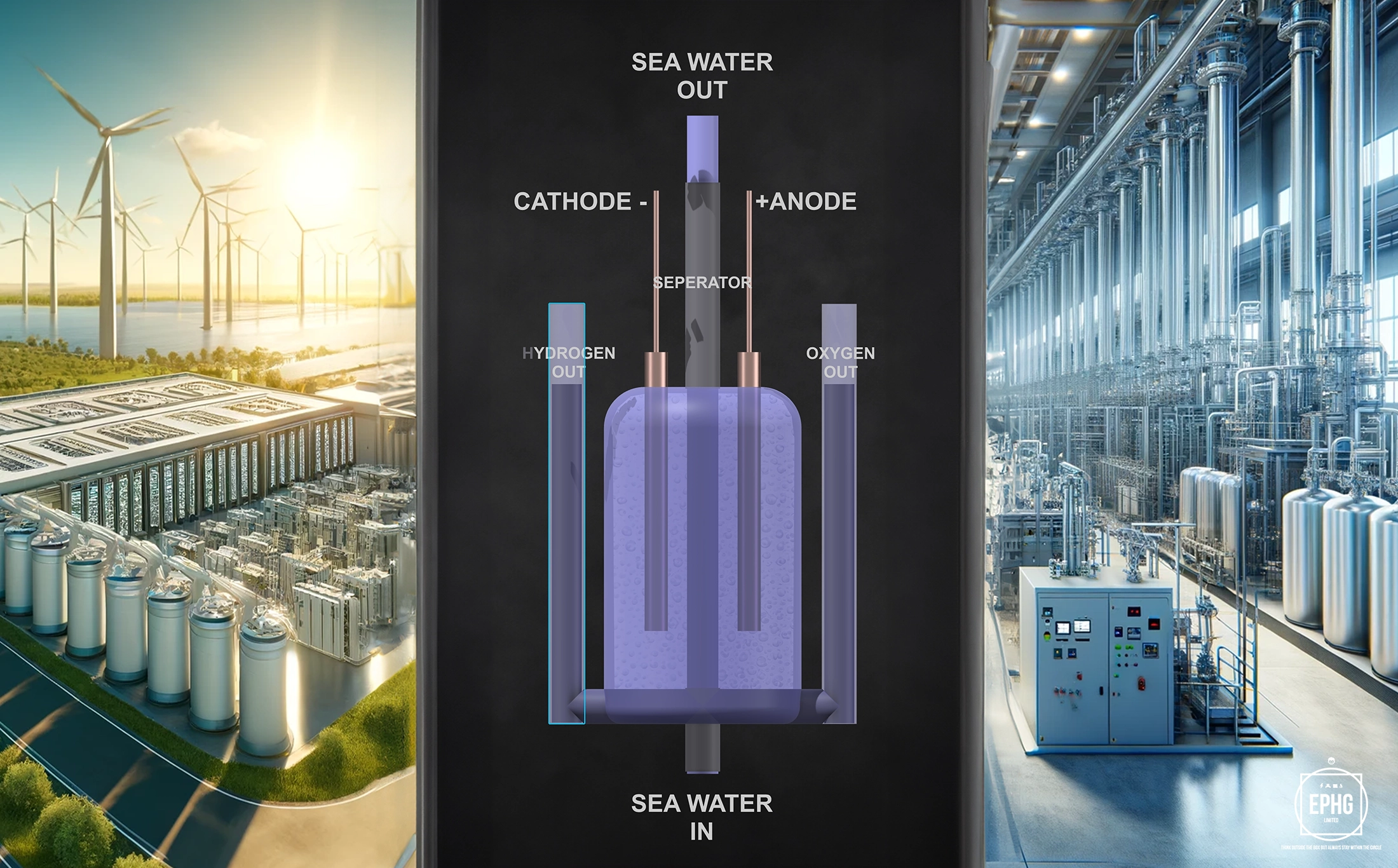
Hydrogen is primarily produced using two main methods: steam-methane reforming and electrolysis. In steam-methane reforming, high-temperature steam (around 700°C to 1000°C) is used to react with methane gas, typically derived from natural gas, to produce hydrogen, carbon monoxide, and a subsequent water gas shift reaction converts carbon monoxide to carbon dioxide and additional hydrogen. This method is currently the most common and cost-effective way to produce hydrogen but releases carbon dioxide as a byproduct. Alternatively, electrolysis involves using electricity to split water into hydrogen and oxygen. This method produces pure hydrogen without emitting any greenhouse gases, provided the electricity used comes from renewable sources. Electrolysis is increasingly favored in scenarios where sustainable, clean energy sources are available, aligning with global efforts to reduce carbon emissions.
From Hydrogen to Liquid Hydrogen
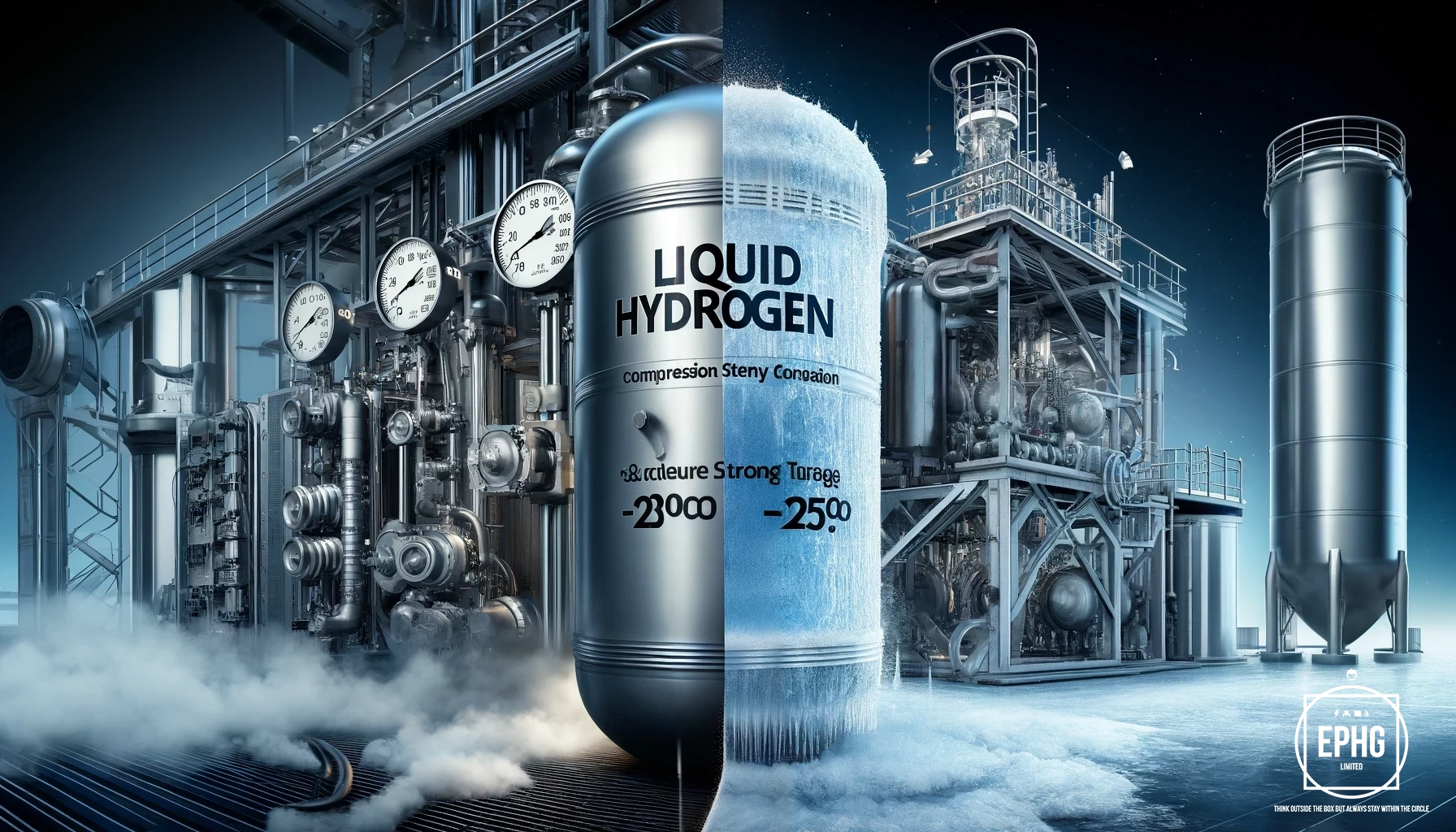
Liquid hydrogen is produced by cooling hydrogen gas to extremely low temperatures. The process begins with the purification of hydrogen gas to remove impurities. The purified gas is then compressed, which raises its temperature. Following compression, the hydrogen is subjected to refrigeration cycles where it is progressively cooled using heat exchangers and expanders. When the temperature falls below hydrogen's boiling point of approximately -252.87°C, the gas condenses into a liquid. This liquid hydrogen is then stored in insulated cryogenic tanks to keep it at the low temperatures required to maintain its liquid state. The entire process is energy-intensive and utilizes advanced technology to safely handle and store the cryogenically cooled hydrogen.
Technology and Innovation of Hydrogen
Hydrogen's role in technology is both expansive and evolving. Key areas include:
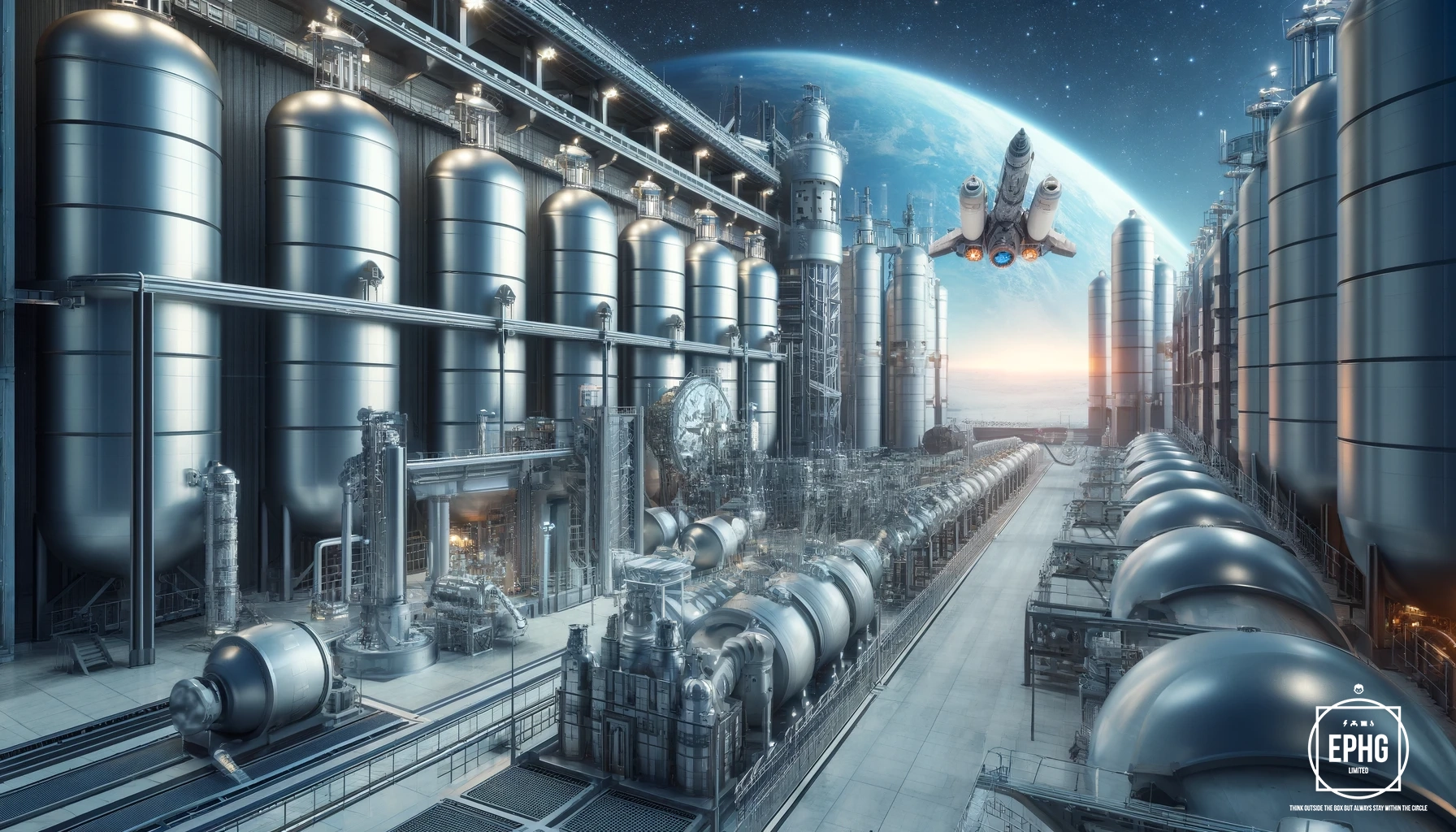
- Energy Sector: Hydrogen is a leading candidate for clean energy solutions. It serves as a clean fuel option in hydrogen fuel cells, which convert the chemical energy of hydrogen to electricity, emitting only water vapor as a byproduct.
- Transportation: Hydrogen fuel cell vehicles (FCVs) are a significant focus in the automotive industry, providing an eco-friendly alternative to fossil fuel-based vehicles.
- Chemical Industry: Hydrogen is essential in the Haber process for producing ammonia, which is a building block for manufacturing fertilizers.
- Aerospace: Liquid hydrogen is used as a fuel in space exploration, notably in rockets, because of its high energy content per unit mass compared to other fuels.
Challenges and Future Prospects of Hydrogen
Despite its potential, hydrogen technology faces challenges, particularly in terms of storage and transportation, due to its low density and high reactivity. Advances in material science and engineering are crucial for developing safe, efficient, and cost-effective hydrogen storage systems.
The Concept Of Hydrogen in the 20th century by François Isaac de Rivaz

One of the earliest conceptualizations of hydrogen as a potential vehicle fuel dates back to 1807, when François Isaac de Rivaz, a Swiss inventor, designed the first known internal combustion engine powered by a mixture of hydrogen and oxygen. Although de Rivaz's invention was primitive and not widely adopted, it marked the first step towards using hydrogen in internal combustion engines.
Hydrogen in the Mid-20th Century
The mid-20th century did not see significant advancements in hydrogen-powered vehicles per se, but it was a period of substantial research in related technologies. The 1950s and 1960s saw the emergence of fuel cell technology, which uses hydrogen to produce electricity through a chemical reaction rather than combustion. This technology, initially developed for NASA's space programs in the 1960s, demonstrated hydrogen's potential as a powerful and clean energy source. NASA's utilization of hydrogen fuel cells in the Gemini and Apollo missions highlighted the reliability and efficacy of hydrogen in demanding environments.
Hydrogen Fuel — From Production to Future Potential
Hydrogen Production
Unlike conventional fuel sources that are mined, hydrogen is primarily produced through several industrial processes because it does not naturally exist in its pure form on Earth. It must be extracted from other compounds. The most common method is steam-methane reforming, where high-temperature steam (700°C–1000°C) reacts with methane gas to produce hydrogen, carbon monoxide, and a small amount of carbon dioxide. Another method is electrolysis, where electric current splits water into oxygen and hydrogen. Although less common, this method is gaining traction due to its potential for lower emissions if powered by renewable energy sources.
Hydrogen Sources and Co-located Resources
As hydrogen is not mined but extracted, there are no "hydrogen mines." Instead, hydrogen production facilities are often located near natural gas fields or water bodies. In the case of steam-methane reforming, the primary source is natural gas (methane). When considering electrolysis, the resource is water. Common co-located resources would be those associated with natural gas extraction, including petroleum and other gases.
Modern Uses of Hydrogen
Today, hydrogen is used in various applications, highlighting its versatility and importance:
- Energy Sector: Hydrogen is pivotal in the clean energy transition. It powers fuel cells in vehicles, providing a cleaner alternative to fossil fuels. Fuel cells convert the chemical energy of hydrogen into electrical energy, emitting only water vapor.
- Industrial Applications: In industries, hydrogen is crucial for producing ammonia via the Haber process, which is then used to manufacture fertilizers. It's also employed in refining processes and in the production of methanol and other chemicals.
- Aerospace: Hydrogen serves as a rocket fuel in space exploration due to its high energy content and efficiency.
Future Prospects
The future of hydrogen is closely tied to the advancement of clean energy technologies. Here are a few areas where science could drive hydrogen's role further:

- Energy Storage and Grid Management: As renewable energy sources like wind and solar become more prevalent, hydrogen could play a significant role in energy storage. Excess energy can be used to produce hydrogen through electrolyysis, which can be stored and then used to generate electricity through fuel cells during periods of low energy production.
- Wider Transportation Use: Beyond passenger vehicles, hydrogen has potential in heavier modes of transport, such as buses, trains, and even ships. These applications could significantly reduce greenhouse gas emissions from sectors that are hard to electrify.
- Decarbonizing Industrial Processes: Hydrogen could replace fossil fuels in high-temperature industrial processes such as steelmaking and cement production, reducing carbon emissions.
Conclusion
Hydrogen, as a resource, holds a unique position in our quest for sustainable and clean energy solutions. From its current uses in industry and clean transport to its potential in transforming large-scale energy systems, hydrogen is poised to be a critical element in achieving a low-carbon future. The continuous advancements in hydrogen production, especially through green methods like water electrolysis powered by renewable energy, are expected to further solidify hydrogen's role in our environmental and energy sustainability efforts.
